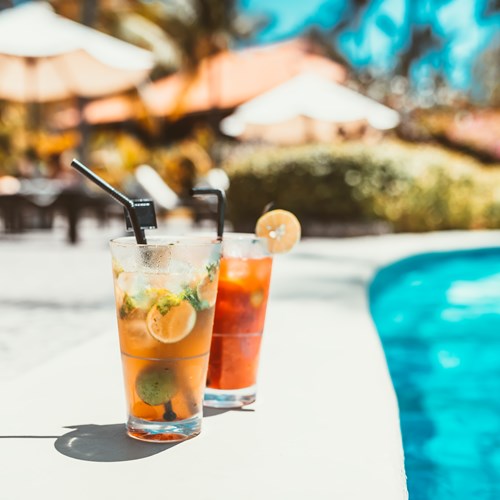
Varadero, Cuba
Cuba's quintessential holiday destination is steadily regaining former glory, striding forward to the future where it will once again rank among the finest beach resorts in the Caribbean. Varadero is far from a synthetic vacationer theme park some hold it for - the town is home to nearly 20,000 Cubans and exudes local flavour despite being primarily known for its first-class luxury hotels.
Population:
27,170 (2010)
Currency:
Cuban Convertible Pesos (CUC) and Cuban Pesos (CUP); 1 CUC=24 CUP
Emergency Numbers:
Police 106
Ambulance 104
Fire 105
Opening Hours:
Opening hours for many Cuban businesses vary and may not be strictly enforced. As a general rule, most locations operate Monday through Saturday, from around 9am to 5pm (shorter hours on Saturday).
Newspapers:
Granma (also in English)
Juventud Rebelde
Trabajadores (also in English)
The Peninsula

Varadero's momentum as a tourism hub was put to a halt by the Revolution - a nearly 50-year-long break in visitor influx that now shows major signs of revival.
The place name "Varadero" often comprises not just the town proper, but the entire Hicacos Peninsula that juts into the Atlantic reaching out over 20km north from Cuban mainland. On average, the peninsula's width does not exceed five hundred meters, which brings both good and bad with it - the extremely narrow stretch of land makes dining and entertainment venues seem sparse and certainly complicates bar-hopping; on the upside, one is never too far from the beach, being within short walking distance from some of the most stunning white-sand shores on the island at all times.
Central Varadero is the area between roughly Calles 10 and 64 - this is where most life in town revolves around, and where many of the more affordable hotels are concentrated (cheaper options may be found in the western part of Varadero, towards Cuban mainland). The peninsula's east is known for being less populous - this is where the more refined luxury hotels and all-inclusive resorts are to be found.
Do & See

Although crisp white-sand beaches are Varadero's main draw, the resort town's appeal extends far beyond those alone. Underneath the cerulean waters lie endless marine treasures, from natural sea fauna to an artificially created underwater marine park of sorts (Cayo Piedras del Norte), with (intentionally) sunken vessels and aircraft waiting to be explored by divers and/or glass-bottom boat passengers. There are a few attractive golf courses in the area, along with several small-town attractions. Some 20km out of town lies the so-called Saturn Cave - a natural grotto filled with water, where diving descents are possible.
Dining

Although most restaurants in Varadero cater to an international clientele, classics of Cuban cuisine (many of which are a variation on the theme of rice and beans) are still served at local "paladares" (family-run businesses). One menu item that features prominently on local restaurants' menus is lobster, a marine product reserved primarily for export and foreign visitors, and one whose capture still remains a controversial topic in Cuba. Some local specialities include ajiaco stew, meat empanadas, as well as chicken and pork dishes.
Cafes

Coffee is an indispensable part of Cuban culture served at most (if not all) Cuban establishments - the world-famous "café Cubano" is essentially a shot of espresso with sugar added in the brewing process. Ice cream is a beloved local treat, and for breakfast, the customary combo is that of a "tostada" (toasted bread with butter) and cafe con leche, often accompanied by fresh fruit.

